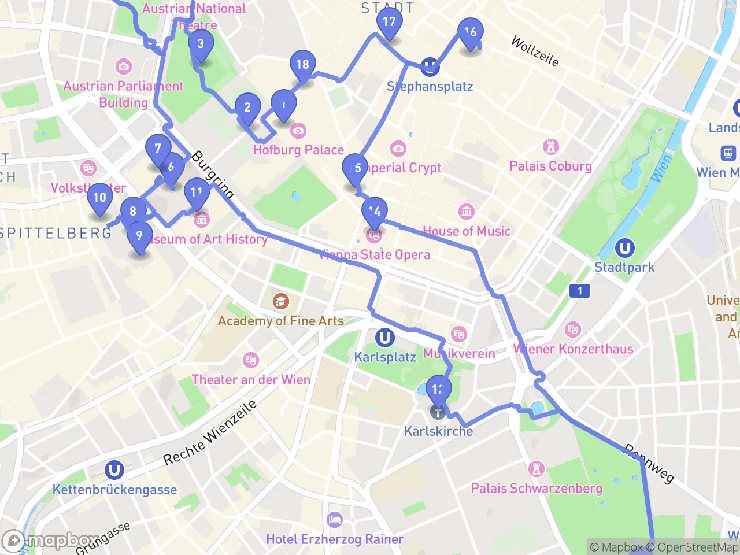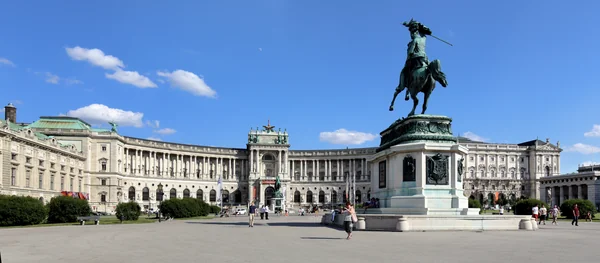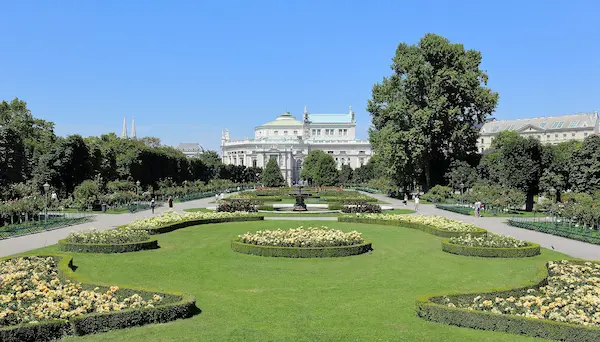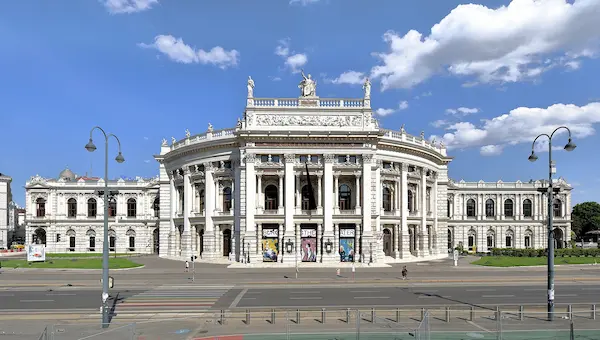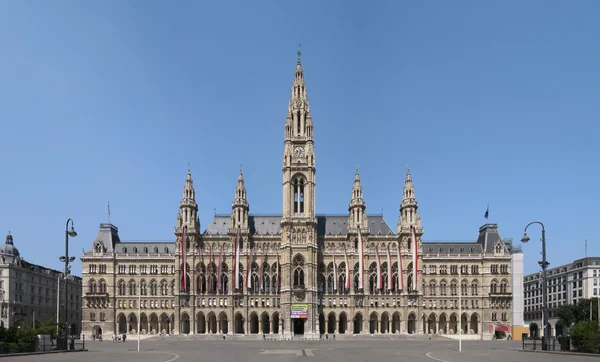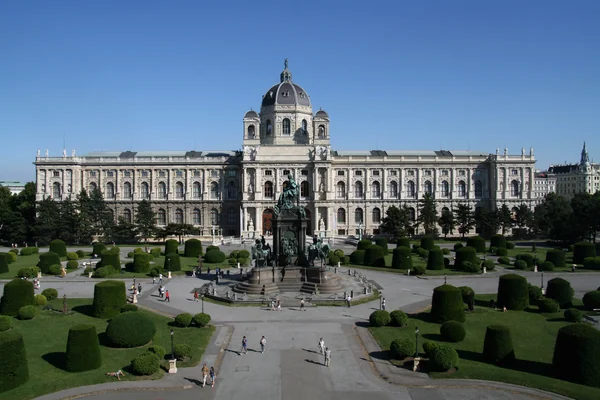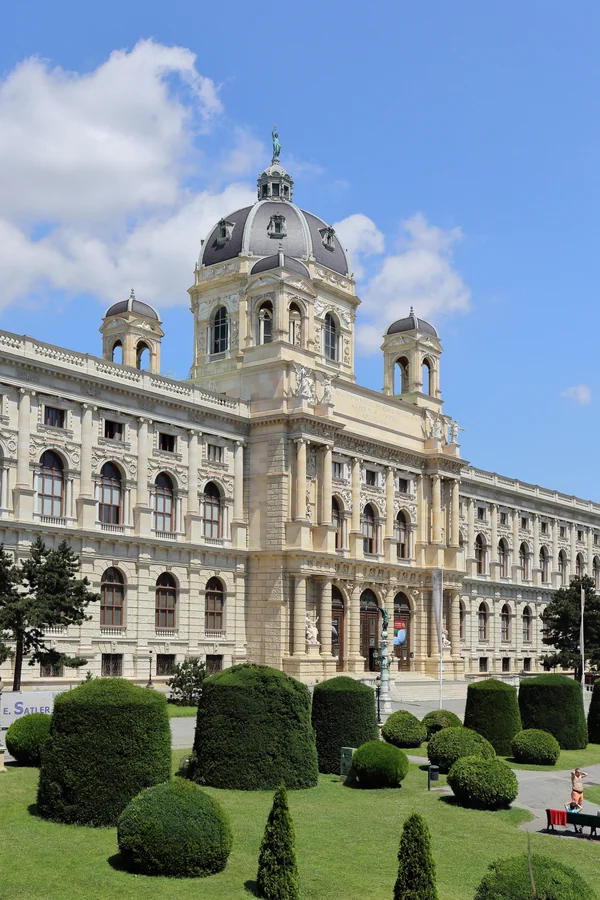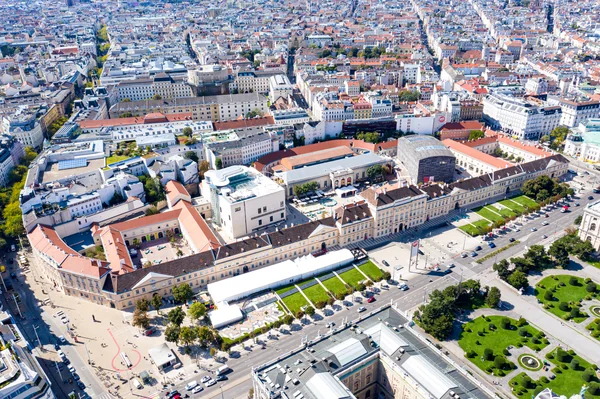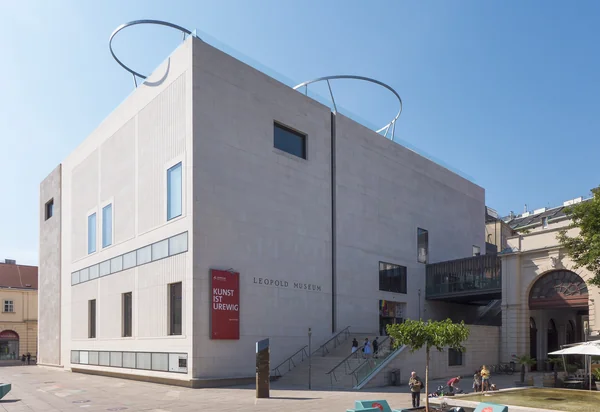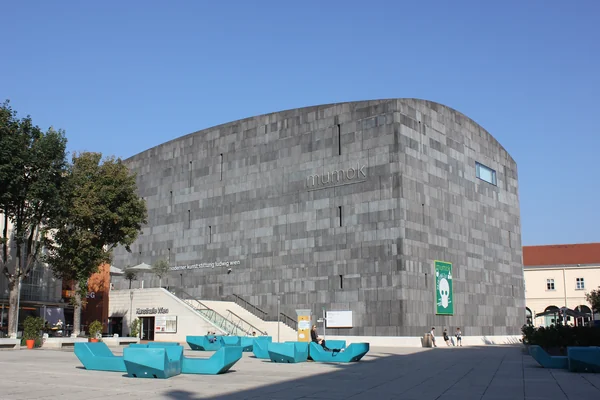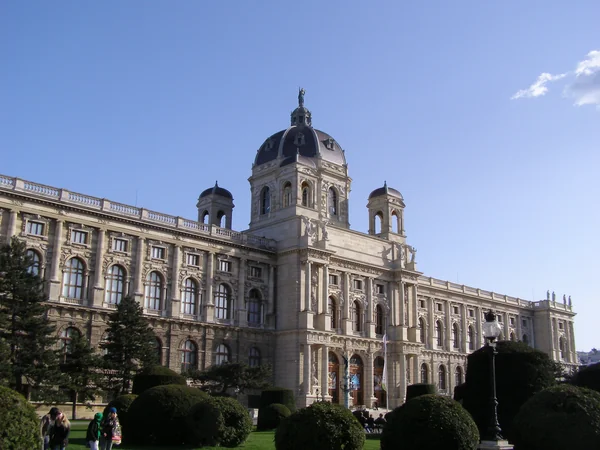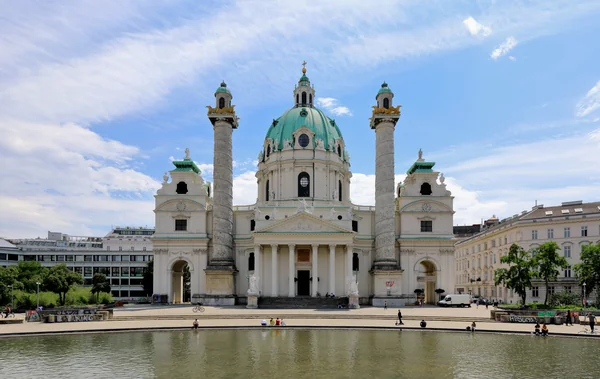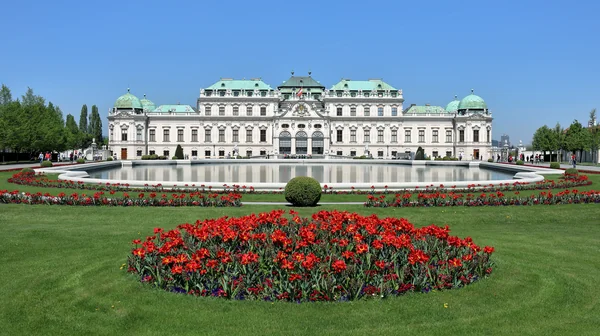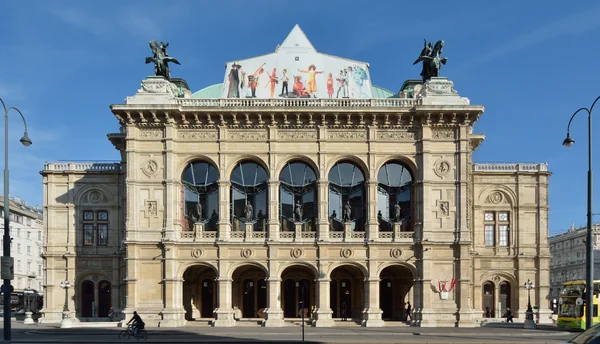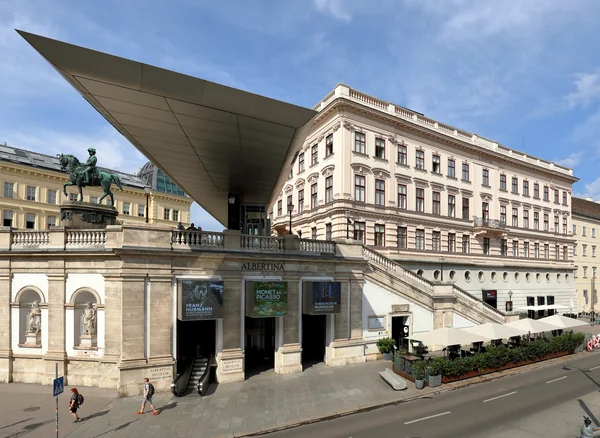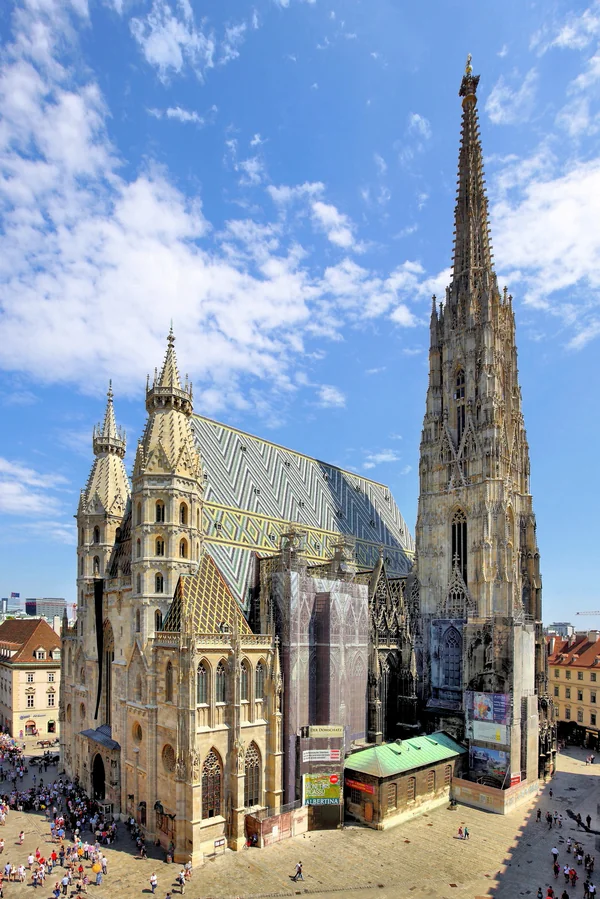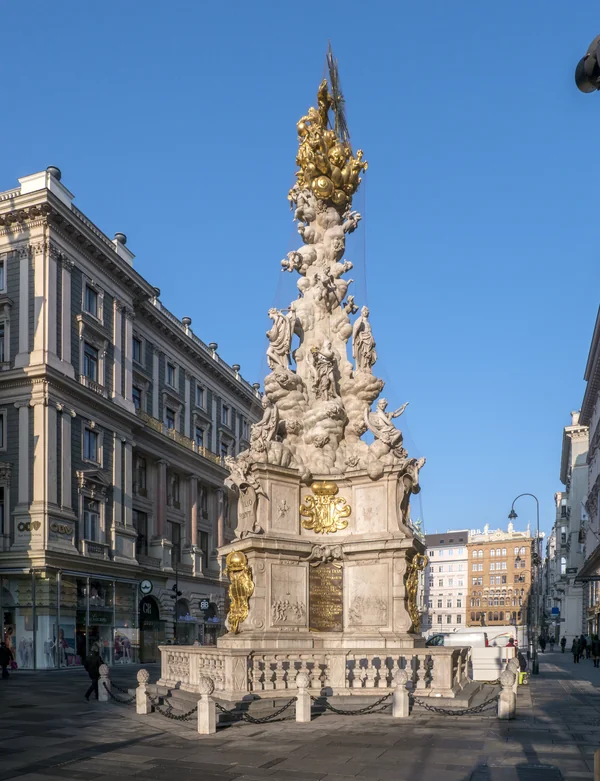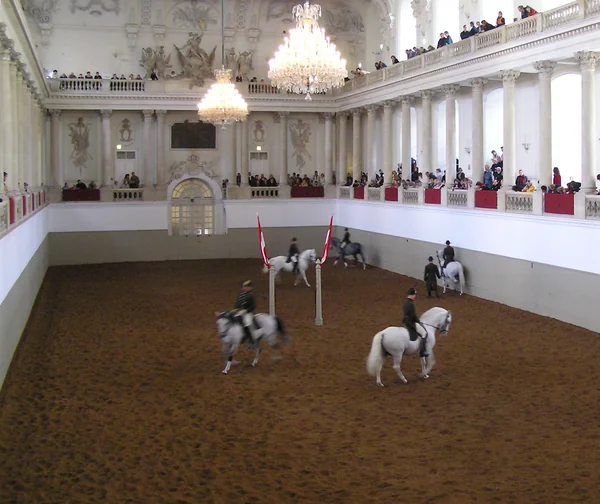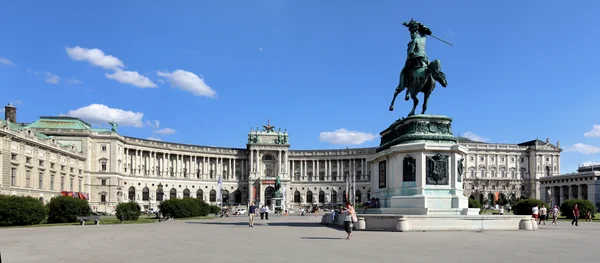
1. Hofburg Palace
The Hofburg Palace stands as the ultimate symbol of Habsburg power and Austrian imperial glory. This sprawling complex, covering an astounding 59 acres with 2,600 rooms across 18 wings, served as the winter residence of the Habsburg dynasty for over 600 years. Walking through its courtyards and chambers is like stepping through the pages of European history itself.
Construction began in the 13th century, but the palace grew with each generation of Habsburg rulers, resulting in an fascinating architectural journey from medieval fortress to Renaissance elegance to Baroque opulence. Today, it houses multiple museums including the famous Sisi Museum dedicated to Empress Elisabeth, the Imperial Apartments where you can glimpse royal life, and the Imperial Silver Collection with its dazzling array of treasures.
Remarkably, the Hofburg remains a working palace - it's been the official residence of Austria's president since 1946. Recognized with the European Heritage Label in 2015, this palace complex offers visitors an unparalleled window into the grandeur and complexity of one of Europe's most powerful dynasties.
